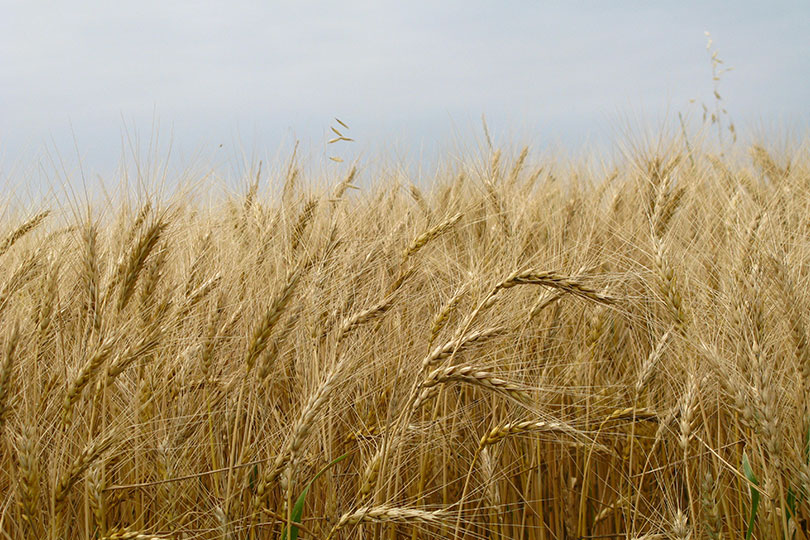By Emmy Powell
Communications Specialist
Combines are rolling through amber waves of grain as wheat harvest continues across the Lone Star State.
But for some farmers like Rodney Schronk, rain has slowed harvest progress.
It’s a stark contrast to last year’s wheat harvest during one of the worst droughts in Texas.
Schronk, who farms in Hill County, began harvesting 1,400 acres of wheat the last week of May. He’s been working around the recent rain showers.
“It’s keeping us from really going strong, to be honest with you. It’s creating a slow start. It’s just now getting ripe and ready to go,” Schronk said. “It’s significantly wetter than what we’ve seen in the last few years.”
Harvest may take seven days for him, but he said it could take longer if they get more rain.
He’s thankful for the rain, but there is a tradeoff.
“From a harvest perspective, things are going to be harder this time because the ground is wetter, and the seeds are starting to deteriorate from so much rain over the last few weeks,” he said. “On our farm, I think the wheat crop will be significantly better than last year. The weather has been close to perfect. If we don’t have excessive damage from the Hessian fly, I think the wheat yields will be really good.”
Schronk noted that this year’s wheat crop varies across farms.
“I have had neighbors whose wheat was destroyed by the Hessian fly,” he said. ”You can go down the road a half a mile and you can find about as good a wheat crop as we’ve ever seen. What’s unusual about this wheat crop is the variability because of Hessian fly.”
The Hessian fly can cause significant damage to cereal crops like wheat, barley and rye. AgriLife Extension experts reported Hessian fly infestations are a widespread issue for wheat farmers in the Central Texas and Blackland regions this year.
With warm, dry days ahead in the forecast, harvest is expected to continue, and the U.S. Department of Agriculture has released its first estimate for Texas winter wheat production.
The agency forecasts Texas winter wheat to reach 56 million bushels, averaging 28 bushels per acre on 2 million acres. That’s up from last year’s 39 million bushels from a wheat harvest that many farmers want to forget.
The Texas Wheat Producers Association is providing updates on wheat harvest progress. Click here to find that information.

